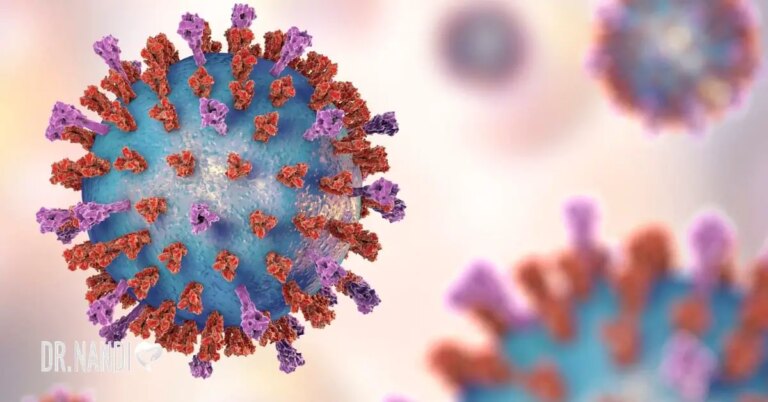Lead poisoning has been around for centuries.
There have been mentions of lead poisoning in literature, art, and speeches. It is not a modern day problem and it subsided for years until the 19th century when it became an epidemic because of the Industrial Revolution. Research and scientists studied lead and at the beginning of the 20th-century efforts to eliminate lead poisoning had started, but the lead was still found in the environment. Pollution caused by tetraethyl lead in gasoline create an incredible health problem. It was not until the 1980’s that lead gasoline was phased out. The effects on blood lead levels are still evident. The situation in Flint is a reminder that we have to continue to be diligent in our ability to rid our world of lead.
What is Lead Poisoning?
Lead poisoning happens when lead builds up the body. It is an extremely toxic metal. Usually, lead poisoning is over a time period of months or even years. Lead poisoning causes serious problems such as. severe mental and physical impairment. Research has shown that young children are most at risk to lead poisoning because their brains and nervous systems are still developing. Most children are poisoned by ingesting lead through their mouths. The damage from lead poisoning cannot be reversed but it can be treated with chelation therapy and EDTA.
Symptoms of Lead Poisoning
One of the problems of lead poisoning is the wide variety of symptoms of it. Many parts of the body can be affected and because it usually builds up slowly, these symptoms do not happen quickly. It is very rare that a single exposure or ingestion of lead will show any symptoms.
Some of the most common symptoms include abdominal pain or cramps., aggressive behavior, sleep problems, fatigue, high blood pressure, numbness or tingling in the extremities, anemia, memory loss and kidney dysfunction. Children are still developing and lead poisoning has been linked to mental impairment. Signs of impairment are behavior problems, low IQ, bad grades, problems with hearing, growth delays and learning difficulties – both short and long-term.
Testing for Lead Poisoning
A blood test is used to determine if there is lead poisoning. It is a standard blood sample used for the test. Lead is found in the environment and in adults, low levels create no harm. Children are much more susceptible to low levels of lead. Depending on age, the levels of lead found in the blood are varied. A normal result for an adult is less than 20 mcg/dl. For some, higher levels may not cause any serious problems. If an adult has a level higher than 60 mcg/dl, treatment is suggested. Children should never be higher than 10 mcg/dl. Doctors will watch any child at a level higher than that. If a child has a level greater than 45, they are considered to be in a dangerous state. In children, levels between 10-25 have been found to be associated with impaired neurobehavior. Headaches, irritability, and nerve problems are associated with these levels. Doctors look at the amount of iron-storing cells in the blood along with possible bone marrow biopsy to detect poisoning in children.
Treatment for Lead Poisoning
It is very hard to treat lead poisoning. The first and most important step is to find the source of the lead and to remove it. Children have to be kept away from the possible source of the lead. When the poisoning is severe enough, doctors may use something known as a chelation therapy. This therapy will bind to the lead that is accumulated and it is then released and excreted by urinating. Activated charcoal will bind to lead in the gastrointestinal tract and will be eliminated by defecation. There is a chemical used called EDTA that has been successful in the treatment of lead poisoning but chronic exposure is hard to treat.
Flint, Michigan
What is so scary about the situation in Flint is that adults even with moderate exposure to lead usually recover without any noticeable complications. Meanwhile, children may have permanent mental impairment even with low levels of lead exposure and the recovery time is long.


















